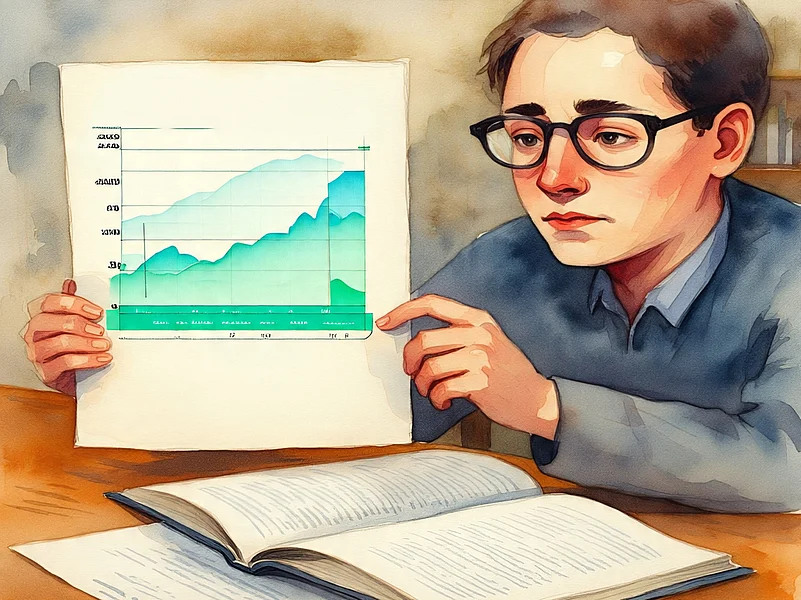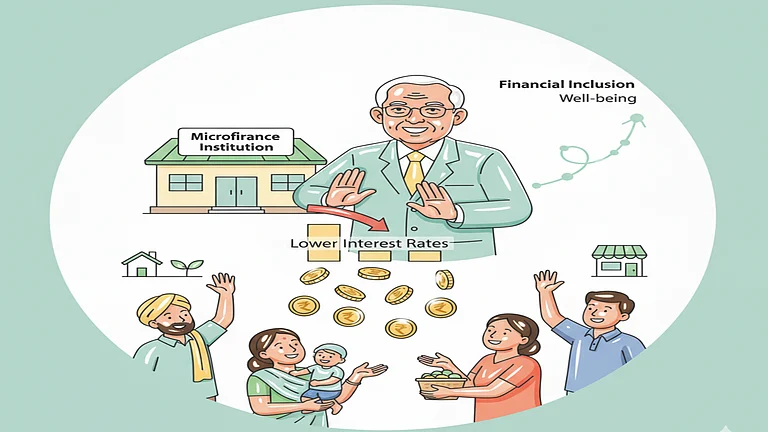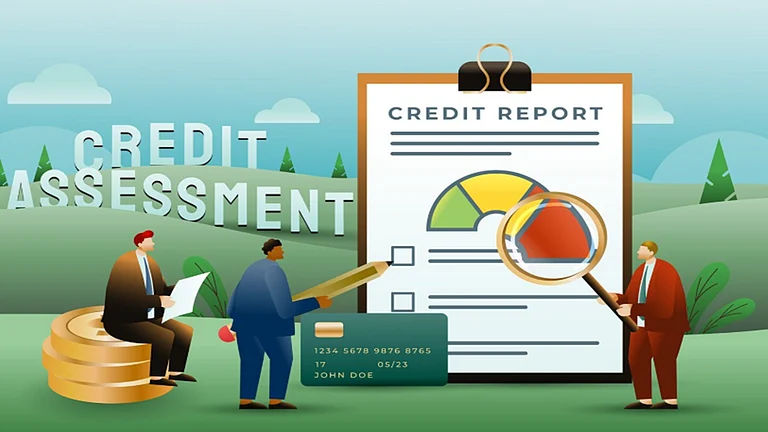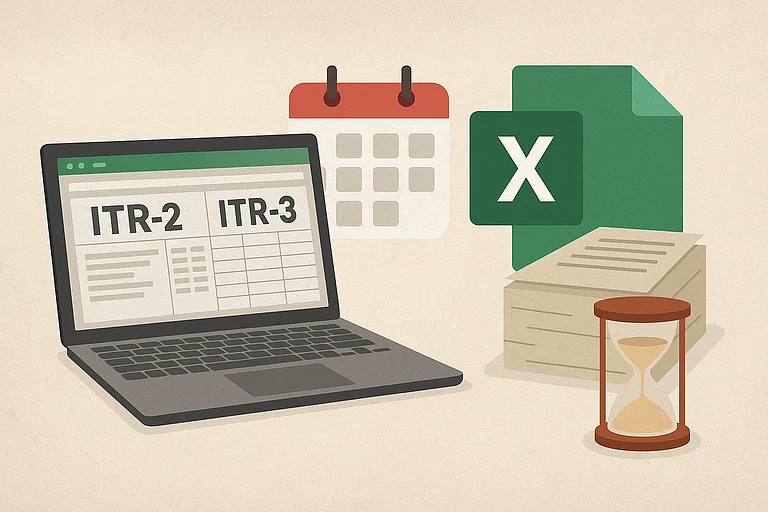The claim that India is the fourth most equal country in the world is an achievement, but it is also met with considerable scepticism. According to a government press release last week, which cited the World Bank's Poverty and Equity Brief report, India's Gini score stands at 25.5 in 2022-23. The score is a measure of inequality; the lower it is, the more equal the country is. With this score, India ranks fourth as the most equal country in the world, following the Slovak Republic, Slovenia, and Belarus. As per the claim, poverty in India has dropped to 2.3 per cent, and around 171 million people have come out of extreme poverty since 2011.
The government even credited the decrease in inequality due to their different schemes and the policy changes that have brought people out of poverty. The statement read, "India's progress towards greater income equality is backed by a series of focused government initiatives. These schemes aim to improve financial access, deliver welfare benefits efficiently, and support vulnerable and underrepresented groups. Together, they have helped bridge gaps, boost livelihoods, and ensure that growth reaches all sections of society."
However, it seems the statement is a bit misleading. For this, let us understand what the Gini Index is.
What Is The Confusion?
While the study showed an improvement in India's consumption-based score, however, it also acknowledged that the inequality may be underestimated due to data limitations. It read, "India's consumption-based Gini index improved from 28.8 in 2011-12 to 25.5 in 2022-23, though inequality may be underestimated due to data limitations."
The Gini score of 25.5 is only for the consumption inequality and not the income or wealth inequality. This is where the confusion happened.
It is because inequality should not be defined by consumption but by how much people earn and their income. The reason is that rich and poor may be spending the same amount but their income is different and therefore, the rich tend to save more and accumulate wealth. This means an increase in inequality.
The report shows that the consumption-based score has improved but the wage disparity remains high with the top 10 per cent earning income 13 times higher than the bottom 10 per cent in India in 2023-24.
Notably, the income-based Gini score has increased from 52 in 2004 to 62 in 2023, per the same report. It reflects the growing income inequality not the other way round.
What Is The Gini Index?
The Gini Index gives a score between 0 and 100 to measure inequality. It is a way to understand income, and wealth distribution among people and to find out how equally these are distributed across individuals in a country. So the score '0' means completely equal distribution. A score of '100' means the absence of equality or where one person has all the income and others do not have any income. So, a higher score means more inequality.
















